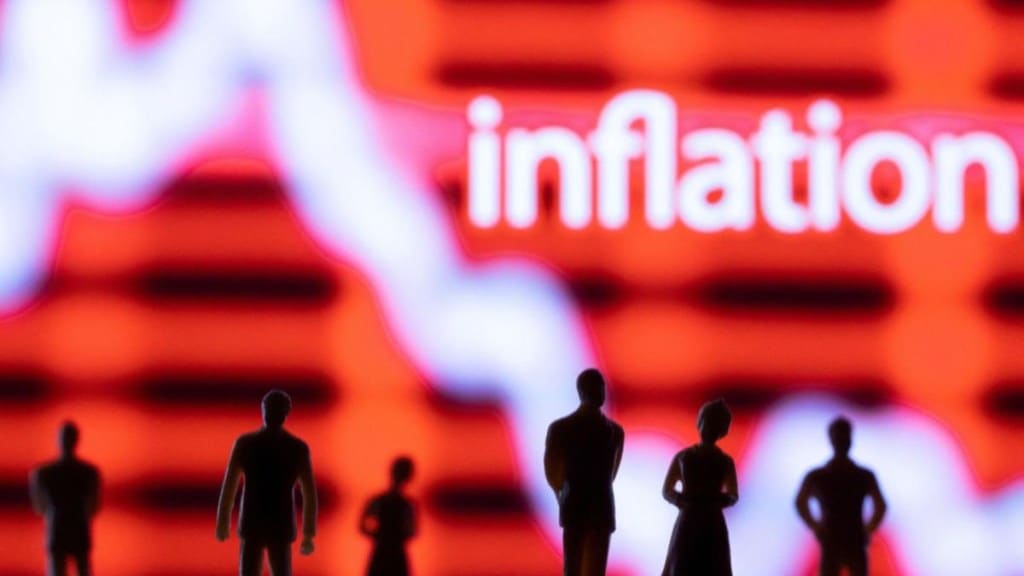India’s inflation targeting framework should consider targeting “inflation, excluding food”, as aiming to reduce the headline inflation rate, through monetary policy actions, is effectively directed towards food prices, the economic survey said.
Higher food prices are, more often, not demand-induced but supply-induced, while short-run monetary policy tools are meant to counteract price pressures arising out of excess aggregate demand growth, it noted. Therefore, “deploying them to deal with inflation caused by supply constraints may be counterproductive,” the survey said.
As per the extant framework, introduced in 2016, the Reserve Bank of India (RBI) is mandated to keep CPI inflation at 4%, with a margin of 2% on either side. Currently, the headline print stands at 5.08% (June); and for the full fiscal year FY25, it’s projected to average 4.5%.
Food inflation, based on the Consumer Food Price Index (CFPI), stood at 9.36% in June, and stayed above the 6%-mark for 12 straight months. In FY24, food inflation had averaged 7.5%, and so far in Q1, it has averaged 8.9%. The headline rate, on the other hand, averaged 5.4% and 4.9%, in the respective periods. Core inflation, however, has been hovering around 3% since January.
“Since recent pressure on CPI inflation was largely driven by food inflation, this modification in inflation management might facilitate easing of interest rates and thereby make monetary policy more growth oriented,” said DK Srivastava, Chief Policy Advisor, EY India
The survey noted that food constitutes “a very high portion” of the CPI in developing countries. ”So, when food prices rise, inflation targets come under threat,” it said. Therefore, the central bank appeals to the government to bring down the increase in the prices of food products. That prevents farmers from benefiting from the rise in terms of trade in their favour, it mentioned.
In the present CPI series, with base year 2012, food carries a weight of about 40%, and ‘food and beverages’ about 45%. The weight of both the groups are expected to be revised downward in the new series (having a base year 2024).
The statistics ministry has formed a 22-member committee to deliberate on updating the base year of the new CPI series, in accordance with the results of the Household Consumption Expenditure Survey (HCES) 2022-23.
The survey results show a considerable drop in the share of food items in the monthly per capita consumption expenditure of households. As per HCES 2022-23, the share of food and beverages in the new CPI series may fall down to 41%, say analysts.
In the context of inflation management, the Survey calls for a review of the present inflation targeting regime, broadly arguing in favour of recasting the target focused on non-food CPI inflation.
Meanwhile, the economic survey mentioned that India is “performing better” than various developed and emerging economies with respect to maintaining price stability and its inflation target. In 2023, India’s inflation rate was within its target range of 2 to 6%, the survey said.

